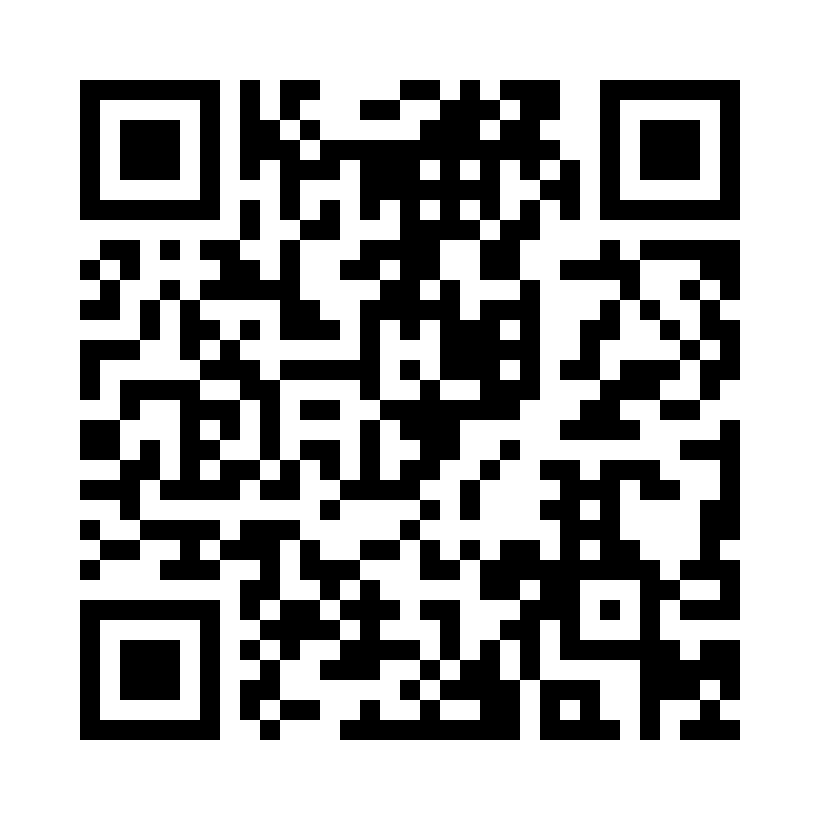Planning a special event?
Make your event unforgettable—let guests share their photos and so much more with GuestCam.

Events have long been about bringing people together - for connection, celebration, education, and inspiration. But as our world becomes increasingly digital, the way we experience events is changing rapidly.
The integration of technology into the events space isn't just a trend - it's reshaping what guests expect and how organizers deliver.
In this post, we’ll explore what it really means to merge tech with events, which tools are leading the charge, the benefits and real-world examples of this integration, and where the future is headed.
Merging tech in the events space refers to the seamless blending of physical experiences with digital tools to create more dynamic, interactive, and data-driven gatherings.
Whether it's a wedding, a corporate event, or a major music festival, technology is becoming central to the planning, execution, and post-event engagement.
This merging isn't about replacing people or tradition. Instead, it's about enhancing them. It helps streamline logistics, engage attendees in new ways, and provide deeper insights for hosts and planners.
QR codes have become a staple in modern events. From check-in and seating assignments to digital menus and real-time polls, QR codes simplify access and engagement.
For instance, many weddings now use a wedding QR code for photos, making it easy for guests to upload pictures directly to a shared online gallery without needing to download an app.
This approach creates a smooth and intuitive experience for everyone involved.
Dedicated event apps or Progressive Web Apps (PWAs) offer a central hub for guests. Features often include agendas, speaker bios, messaging tools, live streaming, and an event photo sharing QR code that lets guests upload pictures instantly.
Unlike traditional apps, PWAs work across all devices and don’t require installation. They're especially effective for multi-day or large-scale events where coordination is key.
AR and VR are introducing immersive experiences. From virtual venue tours to 3D product demos at trade shows, these tools help bridge the physical and digital. Hybrid events now offer virtual reality options for remote attendees, creating more inclusive and engaging alternatives.
Artificial Intelligence is quietly powering many event operations. From AI chatbots answering attendee questions, to facial recognition speeds up check-in, and algorithms that recommend breakout sessions or networking opportunities.
AI also powers intelligent sorting of photos and media for post-event sharing. One standout example is GuestCam's MagicFind feature, which allows guests to find all the professional photos they appear in - even out of thousands - within seconds just by taking a selfie.
This transforms the way guests engage with content and helps ensure they leave with the memories that matter most to them.
Wristbands embedded with RFID or NFC technology allow guests to enter venues, make cashless purchases, and even interact with exhibits. For organizers, this generates real-time analytics about attendee movement, dwell time, and engagement.
The fusion of technology into event planning and execution brings tangible advantages:
As with any transformation, integrating technology comes with challenges:
Looking ahead, the role of technology in events will continue to grow, but in more seamless and personalized ways. Emerging trends include:
As the boundary between physical and digital continues to blur, the most successful events will be those that treat technology as an enabler, not a replacement.
Merging technology into the events space is no longer a nice-to-have. It’s a necessity for relevance, efficiency, and impact. Whether you're a private event host using a QR code for event guests to share photos or a company planning a hybrid summit with VR and AI, technology can enhance every touchpoint of the experience.
The key is to use tech intentionally. When thoughtfully applied, it can elevate connection, streamline execution, and future-proof your events in a world where innovation is constant.
Make your event unforgettable—let guests share their photos and so much more with GuestCam.

